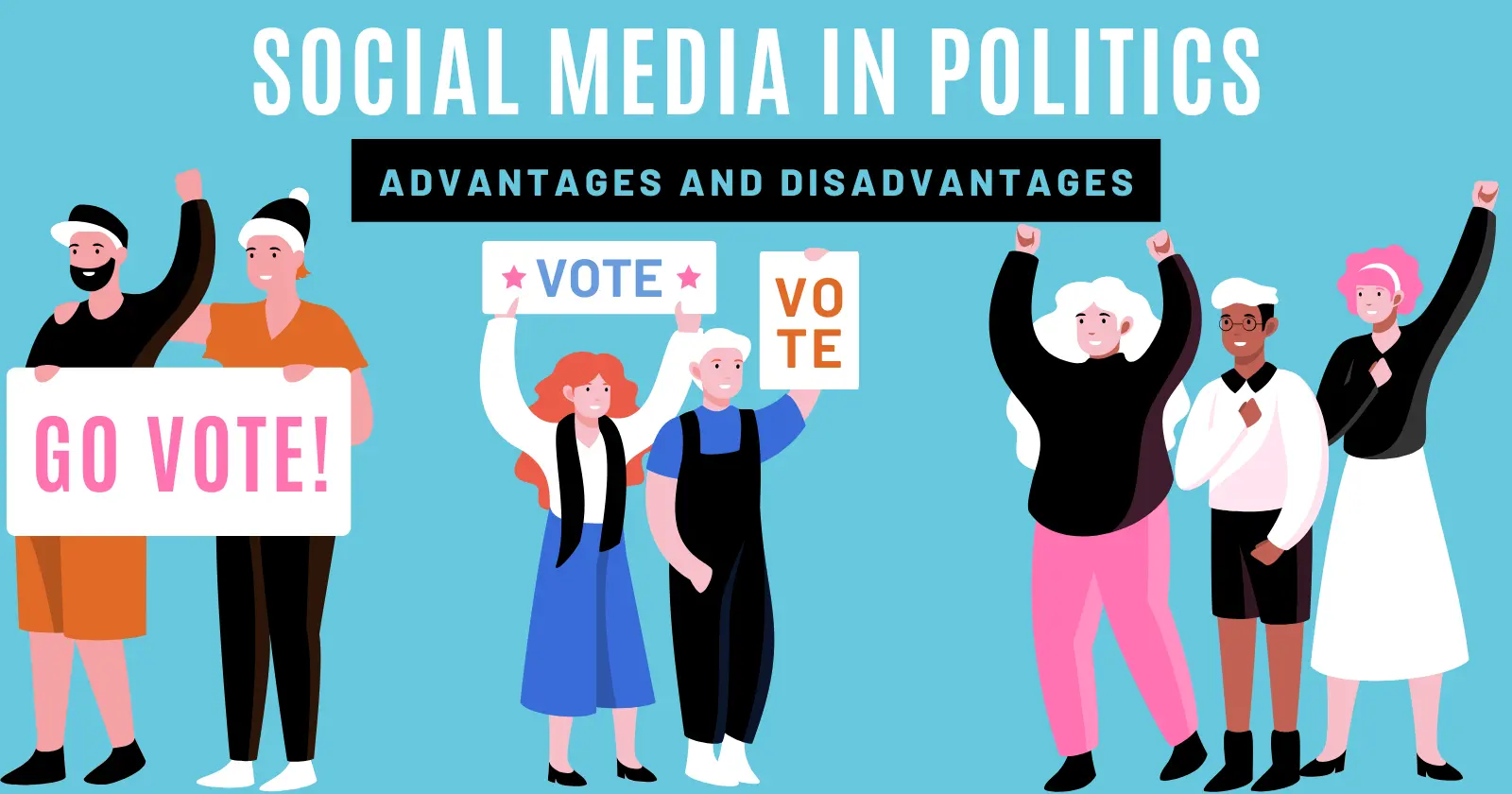Social media has completely changed the way politics works today. It’s no longer just about speeches and television debates; it’s about tweets, live streams, and viral videos. Politicians now have direct access to the public, and in many cases, their posts get more attention than traditional news coverage. This has made politics more personal and, in some ways, more chaotic.
On one hand, social media has helped young voters get involved. Platforms like Twitter, TikTok, and Instagram are being used to educate, organize, and raise awareness on political issues. Politicians can no longer ignore public opinion because it’s constantly being shared and reshared online. Hashtags can spark movements and pressure governments into action faster than ever before. It’s a powerful tool for change and visibility.
On the other hand, the rise of misinformation is a major concern. Fake news spreads faster than facts, and social media platforms struggle to control the damage. It has led to more division and polarization because people often live in digital bubbles where they only see opinions that match their own. This can harm public discourse and make compromise more difficult.
Despite the challenges, social media is now a permanent part of politics. Campaigns are run online, debates are live-tweeted, and policies are explained through infographics. It has given a voice to the voiceless but also opened the door for manipulation and digital warfare. The key is learning how to use it responsibly. If used right, it can bring politics closer to the people and help build a more informed and active population.


















Samuel Boafoh
changed the way politics works today
IDDRISU ABDUL WARIS
R
Elizabeth
Fr
Erry123
How to talk properly
Samforex
Good
Dondeli
Ok
Keydonn
D
Suhuyini
Okay